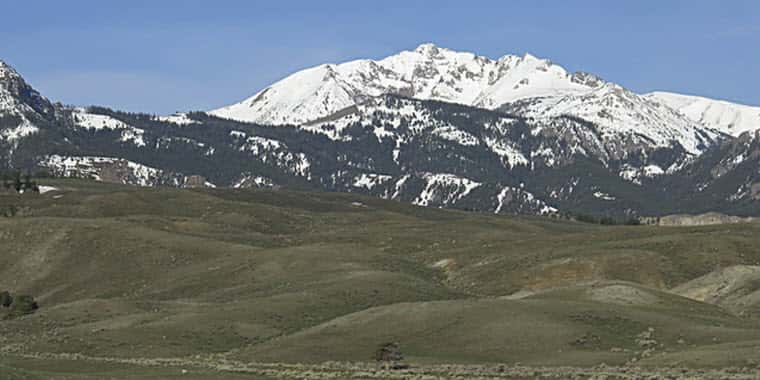Washington — U.S. Senators. John Thune and Mike Rounds, of South Dakota, introduced legislation that would improve flood monitoring systems and the accuracy of soil moisture and snowpack data. The bill would authorize funding for the Army Corps of Engineers’ (Corps’) continued installation of a network of weather monitoring stations as well as funding for the National Oceanic and Atmospheric Administration (NOAA) to implement a pilot program to acquire and utilize the data.
“Following the historic and devastating flooding across South Dakota in 2011 and 2019, it became clear that more accurate flood prediction and weather forecasting products were needed,” said Thune. “By authorizing funding to update these monitoring stations and partnering with the state systems, we will have the capability to gather more accurate data and improve not only our flood risk monitoring efforts, but also drought monitoring and weather forecasting generally.”
“South Dakotans are all too familiar with the devastating impact flooding can have when the river is not properly managed,” said Rounds. “Since coming to the Senate, I’ve pushed the Corps of Engineers to implement the snowpack monitoring system that was recommended after the 2011 flood and included in a 2014 water resources bill. And, we’ve been successful in assuring dozens of monitoring sites scheduled to be operational by next year, with over 400 more in the coming years. Our legislation would force the federal government’s hand with the force of law. It will enable the full completion of a system that accurately forecasts snowmelt effects so that the Corps water management team makes the best decisions to protect the people who make their homes in the Missouri River basin.”
“The ‘Missouri River Basin Drought and Snowpack Monitoring Act’ will be viewed as a milestone in American weather monitoring,” said Barry Dunn, president of South Dakota State University. “This Act leverages the Missouri River Basin network of State mesonets to help our states’ residents better adapt and plan for flooding and drought. It positions South Dakota in a leadership role to set a national standard in total water monitoring. We thank you for the opportunity to provide expert input for the benefit of South Dakotans and our neighbors throughout the Basin.”
The Missouri River Basin Drought and Snowpack Monitoring Act would:
- Provide a funding authorization for the Corps to continue installation of approximately 360 new monitoring stations and upgrade 180 existing stations across the Upper Missouri River Basin.
- Establish a pilot program within NOAA requiring the agency to enter into agreements with each of the state mesonet programs in the Upper Missouri River Basin to acquire data collected from the newly established network. NOAA will also be required to utilize the data in various products, including hydrological, forecasting, and drought modeling – in coordination with the Corps, the Department of Agriculture, the Bureau of Reclamation, and the United States Geological Survey.
- Require NOAA to submit a report to Congress describing the use of the network’s data, the contribution of the new data to various modeling efforts such as the National Water Model and the National Integrated Drought Information System, and the viability of the network structure for future use in other regions.
###
South Dakota Stockgrowers Association


